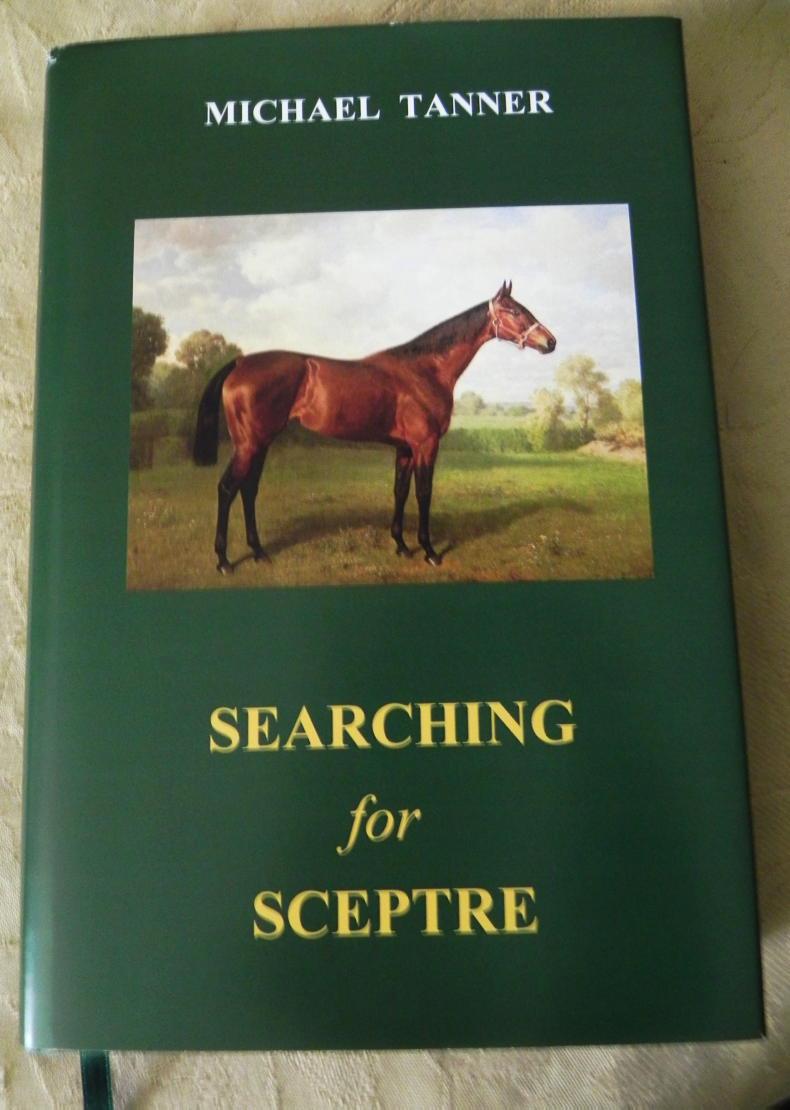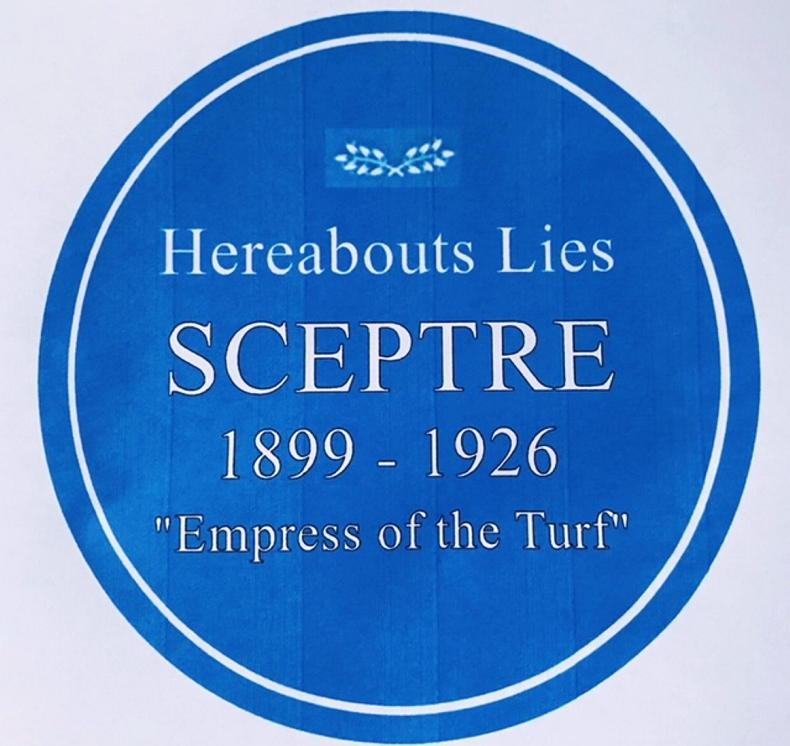RACING is steeped in history and tradition, yet when we talk about engaging a new audience, as we often do, we look more to the future than the past.
The rich heritage of our sport should be an important selling point, connecting the heroes of the past with our current heroes and creating a very tangible story that sweeps our new audience into that bright future of permanent anticipation. The roll of honour of our showcase races doesn’t require any jargon-busting or explanation and advertises without fuss the promise of the next renewal.
Featuring heavily on so many of those rolls of honour is the great mare Sceptre, now the subject of historian Michael Tanner’s latest book.
Anyone familiar with Tanner will be eager to add a limited edition copy to the library; anyone new to Tanner will be looking up his back catalogue. It goes without saying, Searching For Sceptre is lovingly and painstakingly researched and beautifully written.
Pages of history
To quote immediately from Tanner’s preface, “The 19th century essayist William Hazlitt asserted: ‘The test of greatness is in the pages of history.’ The fact Sceptre is still being written about in the 21st century tends to prove his point.”
Tanner points out that “Sceptre educated the Edwardian Turf community to what heights a racemare might ascend” and quotes The Sporting Life when the filly was at her height: “It remains to be seen if any phenomenal filly… will be able to emulate Sceptre’s prowess.” And, as Tanner points out, it still remains to be seen, 120 years later.
In 1901 Sceptre won the Woodcote Stakes and July Stakes, running third in the Champagne Stakes at Doncaster on her only other run at two. In her classic year she won the 2000 Guineas, 1000 Guineas, the Oaks, St James’s Palace Stakes, Nassau Stakes and St Leger.
Add to those wins her fourth in the Derby, second in the Sussex Stakes, Park Hill Stakes and fifth and sixth respectively in the Coronation Stakes and Grand Prix de Paris and you begin to see why The Sporting Life questioned a filly ever matching her in the future.
Four classics
Indeed, we still await a colt capable of such a record. She remains the only horse to have won four of the five English classics outright.
As a four-year-old in 1903 she was second in the Eclipse Stakes and won the Hardwicke Stakes, Jockey Club Stakes, Champion Stakes, Duke of York Stakes and Limekiln Stakes; and at five she wasn’t out of the first three in the Coronation Cup, Gold Cup and Hardwicke Stakes.
If your eyebrows rise at her two runs at Royal Ascot, both at three and five, throw into the mix her second and fifth in the Lincolnshire Handicap on her seasonal debut and you can see why this biography makes such fascinating reading.
Connecting past to present, Sceptre’s star continues to shine, long after her death in 1926 in honourable retirement at Exning Stud, where Tanner has now placed a long-overdue commemorative plaque. She can be seen in the pedigree of such modern luminaries as Winx, Zenyatta, Zarkava, Danedream, Miesque, Triptych, Oh So Sharp and yes, even Frankel.
As Tanner concludes, “Without Sceptre would the Turf have witnessed the exploits of these latter-day stars?”
The limited copies of this impressive and illuminating hardback are sure to vanish quickly, and it can be purchased directly from the author.
Email: MichaelRTanner@ymail.com
Searching For Sceptre by Michael Tanner, 2022, limited edition of 120 copies, each signed by the author, £39.95 (hardback, 210 pages, illustrated)




 This is a subscriber-only article
This is a subscriber-only article
 It looks like you're browsing in private mode
It looks like you're browsing in private mode






SHARING OPTIONS: